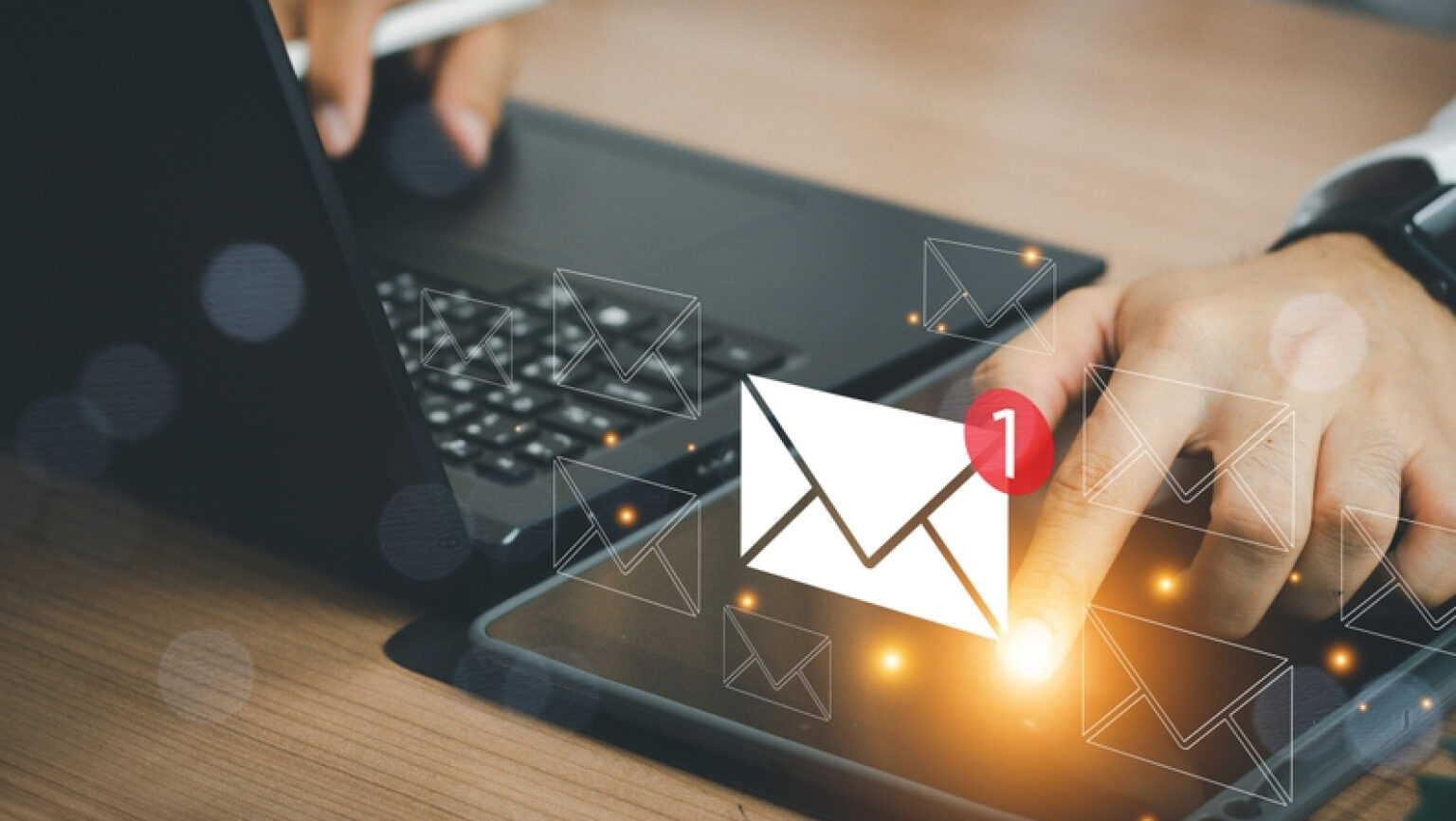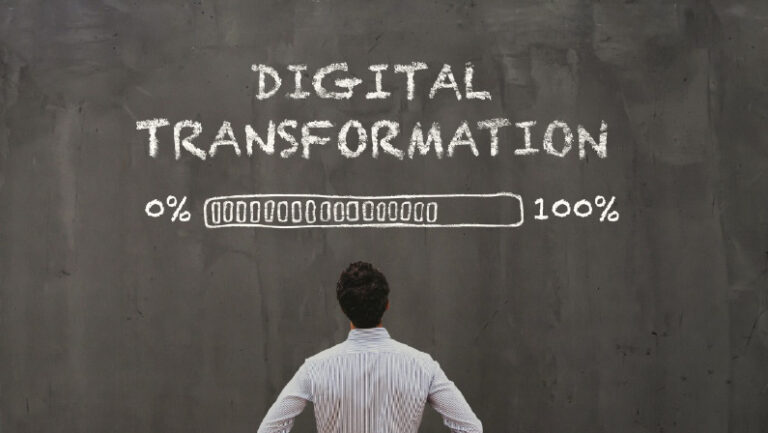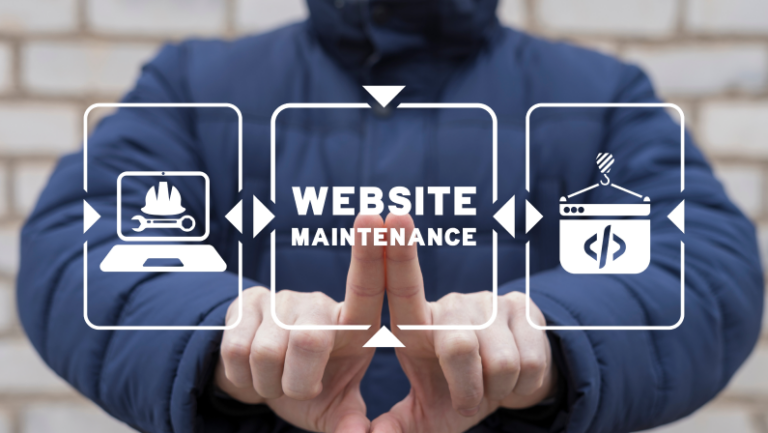Email marketing remains one of the most effective tools for reaching your target audience. In fact, email marketing delivers one of the highest returns on investment, with an average ROI of $42 for every $1 spent. But success doesn’t come from simply sending mass emails. It also requires thoughtful planning, engaging content, and following the best practices in email marketing.
Are you maximizing the power of email marketing? In this guide, we’ll explore strategies to create impactful campaigns that boost engagement (best practices marketing emails), conversions, and long-term customer relationships.
Building a High-Quality Email List
Without engaged, interested subscribers, your efforts could fall flat. Here’s how to build a list that drives results.
Permission-Based Marketing
Always obtain consent before adding anyone to your email list. Permission-based marketing fosters trust and ensures compliance with regulations like GDPR and CAN-SPAM. Encourage users to opt-in by offering value, such as exclusive deals or informative content.
Lead Magnets and Incentives
Entice subscribers with lead magnets like e-books, discounts, or free trials. These incentives provide immediate value, making users more likely to engage with your brand. For example, a B2B company might offer a free industry report in exchange for an email address.
Optimizing Sign-Up Forms
Keep your sign-up forms simple and to the point. Request only essential information, such as name and email, to reduce friction. Embedding forms on landing pages or adding pop-ups to high-traffic pages can significantly boost sign-up rates.
Crafting Engaging Email Content
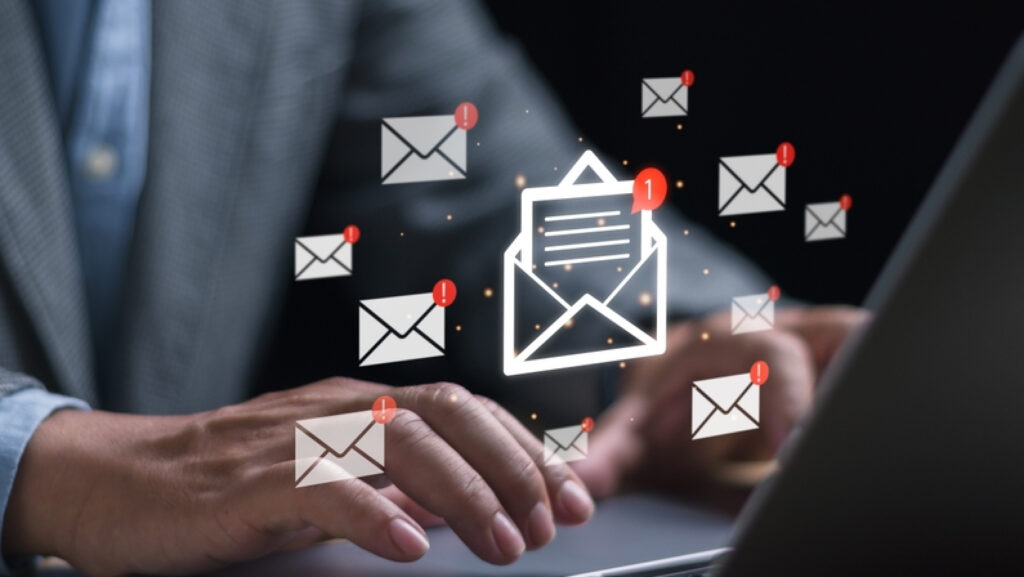
Your email content determines whether recipients open, read, and act on your messages. Focus on creating engaging, personalized content that resonates with your audience.
Subject Lines
Your subject line is the first thing recipients see. It should be short, catchy, and directly relevant to the email’s content. Avoid spammy phrases like “Act Now!” and instead focus on creating curiosity or offering value, such as, “3 Tips to Boost Your Sales Today.”
Examples of Effective Subject Lines:
- Curiosity: “Are You Making This Common Marketing Mistake?”
- Value-Oriented: “5 Free Resources to Boost Your Sales Today”
- Personalized: “Sarah, We’ve Got a Solution for Your Workflow Challenges”
Tips for Success:
- Use actionable language that highlights benefits, such as “Discover,” “Learn,” or “Get.”
- A/B test subject lines to find what resonates most with your audience.
- Avoid spam triggers like “Free!!!” or “Limited Time Offer” to protect deliverability.
Email Copy
The body of your email should deliver value quickly. Use short paragraphs, bullet points, and a clear call-to-action (CTA) to guide readers. Avoid overly promotional language; instead, focus on how your offer solves a problem or meets a need.
Key Strategies for Effective Email Copy:
- Start Strong: Begin with a compelling opening line. For example, “Did you know 70% of businesses report higher engagement with segmented email campaigns?”
- Focus on Benefits: Instead of saying, “We offer CRM software,” frame it as, “Our CRM software simplifies your customer management, saving you hours every week.”
- Clear CTA: Guide readers with action-oriented CTAs like “Download the Free Guide” or “Sign Up for Your Free Trial.”
Example Format for Email Copy:
- Greeting: “Hi [First Name], we noticed you recently viewed our marketing guide.”
- Pain Point: “Are you struggling to optimize your campaigns?”
- Solution: “Our tool provides analytics and automation to streamline your workflow.”
- CTA: “Start your free trial today and see the difference!”
Personalization and Segmentation
Tailor your emails to specific audience segments. Use recipients’ names and customize content based on their preferences or behavior. For instance, a B2B email marketing campaign can target leads with content relevant to their industry or role.
Examples of Personalization in Action:
- Behavior-Based Personalization: If a user downloads an eBook on social media marketing, send follow-up emails with related resources or product demos.
- Location-Based Personalization: For an event promotion, include details specific to their city, like “Join us at the Houston Digital Marketing Summit.”
- Industry-Specific Messaging: A B2B email marketing campaign targeting healthcare clients might highlight “Top Software Tools for Efficient Patient Management.”
Segmentation Ideas:
- Purchase History: Recommend products based on past purchases.
- Engagement Level: Re-engage inactive subscribers with special offers or surveys.
- Demographics: Adjust language, offers, and design to fit the preferences of different age groups or professions.
Email Design and Deliverability

Well-designed emails not only look professional but also ensure your message gets delivered and read.
Mobile-Friendly Design
More than 50% of emails are opened on mobile devices, so it’s crucial that your emails are optimized for mobile. Use a single-column layout, large fonts, and buttons that are easy to tap.
Email Templates and Branding
Consistent branding reinforces recognition and trust. Use pre-designed templates that incorporate your brand colors, logo, and tone for a cohesive look across all campaigns.
Improving Deliverability
Ensure your emails land in the inbox—not the spam folder. Authenticate your domain with SPF, DKIM, and DMARC, and maintain a clean list by regularly removing inactive or invalid addresses.
Tracking and Analyzing Email Performance
Tracking key metrics ensures your email campaigns align with marketing emails best practices and helps you identify areas for improvement. Here’s how to fine-tune your strategy:
Key Metrics
Track open rates, click-through rates (CTR), conversion rates, and bounce rates to evaluate engagement and effectiveness. For example, a high open rate but low CTR might indicate that your content isn’t aligning with your subject line.
A/B Testing
A/B testing is a proven method in marketing email best practices to identify what resonates most with your audience. Test different versions of your emails by changing one element at a time—such as the subject line, CTA, or layout—to see which version performs better.
Using Data to Optimize Campaigns
Leverage performance data to refine your campaigns. If you notice high engagement with emails offering discounts, consider running more promotions. On the other hand, low engagement in certain segments might indicate a need for more targeted content. Aligning your strategies with marketing emails best practices ensures your campaigns remain targeted and effective.
How to Ensure Email Marketing Success with LeadOrigin
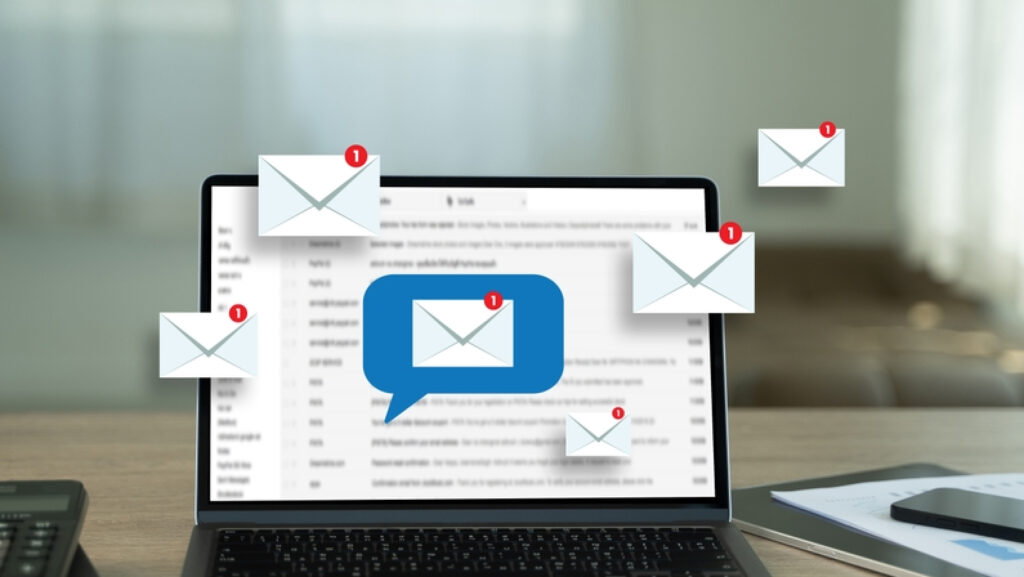
Email marketing is one of the most effective ways to engage customers and grow your business, but it requires a strategic approach to drive real results. Partner with an expert like LeadOrigin for the best B2B email marketing strategies. LeadOrigin specializes in creating tailored campaigns that deliver measurable results. From perfecting B2B email marketing best practices to refining your LinkedIn marketing strategy, our team provides the expertise you need for your business.
Visit us at 2100 W Loop S #1400, Houston, TX 77027, or 228 Hamilton Ave Suite 325, Palo Alto, CA 94301, to discuss how we can transform your email campaigns. Explore more about our services on LeadOrigin or contact us for a consultation, and discover how to take your strategy to the next level today.
